Vanadium Nitride Sputtering Target Description
Vanadium Nitride sputtering target from TFM is a nitride ceramic sputtering material with the chemical formula VN.
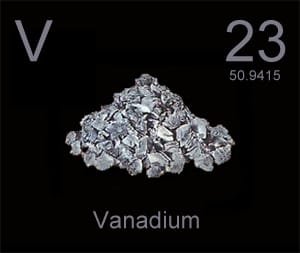 Vanadium is a chemical element named after Vanadis, an old Norse name for the Scandinavian goddess Freyja. It was first identified in 1801 by M. del Río and later isolated by N.G. Sefström. The element’s symbol is “V,” and it is positioned in Period 4, Group 5 of the periodic table, within the d-block. Vanadium has an atomic number of 23 and a relative atomic mass of 50.9415(1) Dalton, where the number in parentheses indicates the measurement uncertainty.
Vanadium is a chemical element named after Vanadis, an old Norse name for the Scandinavian goddess Freyja. It was first identified in 1801 by M. del Río and later isolated by N.G. Sefström. The element’s symbol is “V,” and it is positioned in Period 4, Group 5 of the periodic table, within the d-block. Vanadium has an atomic number of 23 and a relative atomic mass of 50.9415(1) Dalton, where the number in parentheses indicates the measurement uncertainty.
Related Product: Vanadium Sputtering Target
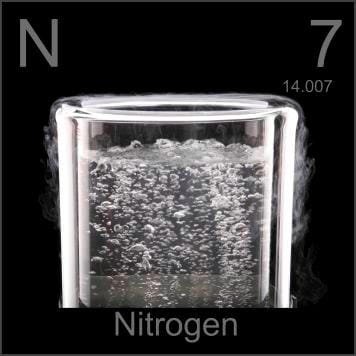 Nitrogen is a chemical element whose name comes from the Greek words ‘nitron’ and ‘genes,’ meaning nitre-forming. It was first identified and observed by Daniel Rutherford in 1772. The element’s chemical symbol is “N,” and it is located in Period 2, Group 15 of the periodic table, part of the p-block. Nitrogen has an atomic number of 7, and its relative atomic mass is 14.0067(2) Dalton, with the number in brackets indicating the uncertainty in this measurement.
Nitrogen is a chemical element whose name comes from the Greek words ‘nitron’ and ‘genes,’ meaning nitre-forming. It was first identified and observed by Daniel Rutherford in 1772. The element’s chemical symbol is “N,” and it is located in Period 2, Group 15 of the periodic table, part of the p-block. Nitrogen has an atomic number of 7, and its relative atomic mass is 14.0067(2) Dalton, with the number in brackets indicating the uncertainty in this measurement.
Vanadium Nitride Sputtering Target Specification
| Material Type | Vanadium Nitride |
| Symbol | VN |
| Color/Appearance | Black |
| Density | 6.13 g/cm3 |
| Available Sizes | Dia.: 2.0″, 3.0″, 4.0″, 5.0″, 6.0″ Thick: 0.125″, 0.250″ |
Vanadium Nitride Sputtering Target Application
The vanadium nitride sputtering target is utilized in various applications, including thin film deposition, decoration, and the semiconductor industry. It’s also widely used in displays, LED, and photovoltaic devices. Additionally, vanadium nitride serves as a functional coating in optical information storage industries and is employed in glass coating applications, such as for car glass, architectural glass, and optical communication systems.
Vanadium Nitride Sputtering Target Packaging
Our vanadium nitride sputtering target is meticulously tagged and labeled externally to ensure easy identification and maintain strict quality control standards. We take great care in handling and packaging to prevent any damage that might occur during storage or transportation, ensuring the product arrives in pristine condition.
Get Contact
TFM offers Vanadium Nitride Sputtering Targets in various forms, purities, sizes, and prices. We specialize in high-purity thin film deposition materials with optimal density and minimal grain sizes, which are ideal for semiconductor, CVD, and PVD applications in display and optics. Contact Us for current pricing on sputtering targets and other deposition materials that are not listed.

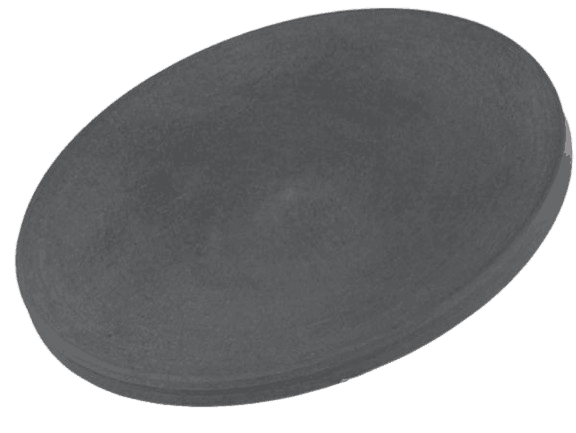

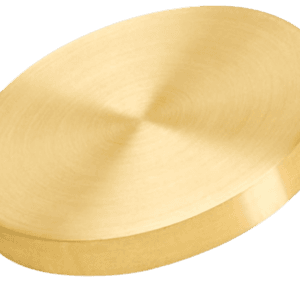
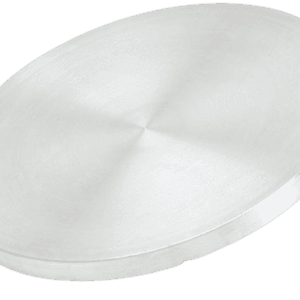
Reviews
There are no reviews yet.